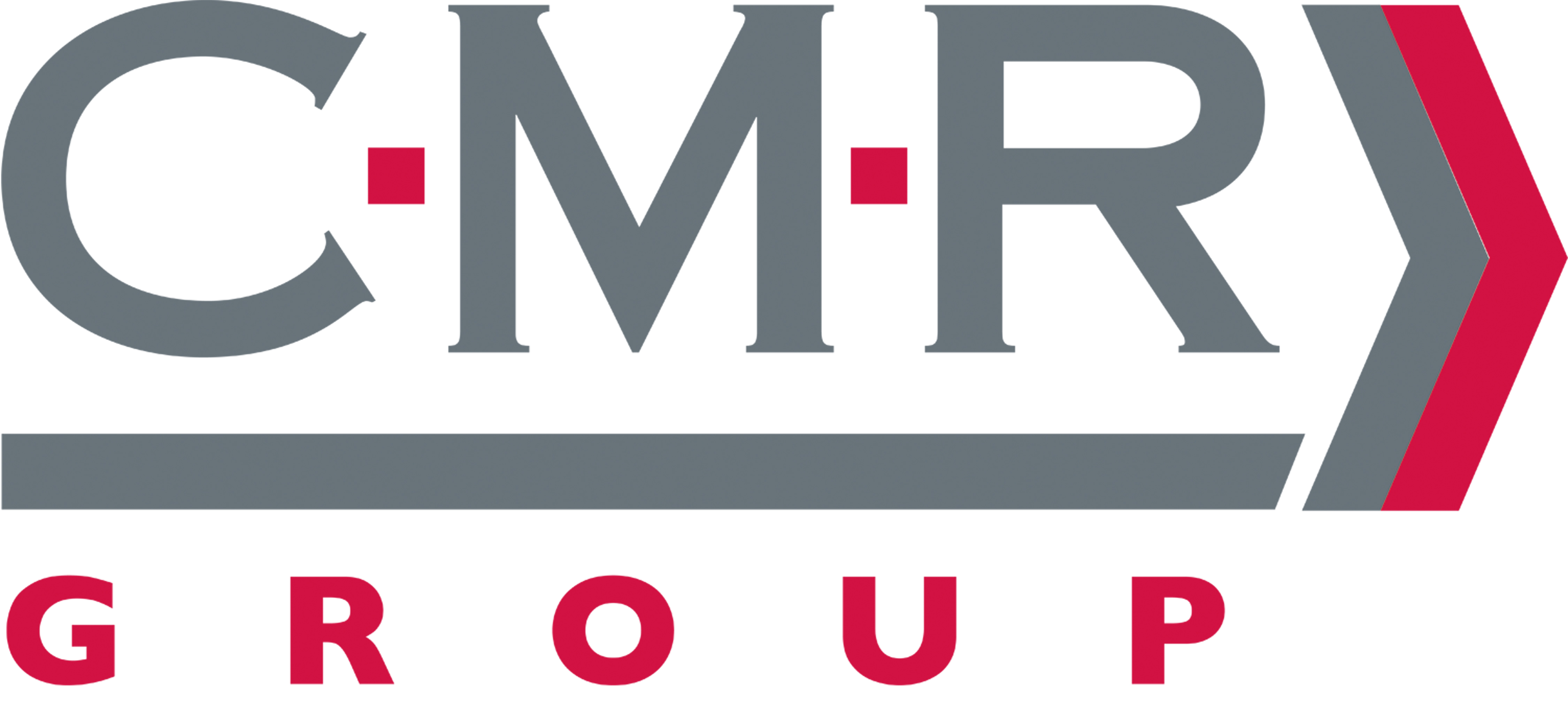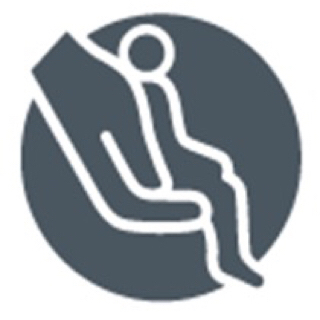Title Page
-
CMR-UK-FIRE-002 Fire Risk Assessment
-
Conducted on
-
Prepared by
-
Location
Fire Hazards and Ignition Sources
-
Are all electrical cables and equipment in good condition without signs of visible defects?
-
Are all electrical sockets used correctly and not overloaded, is the rule of one plug and one socket being applied?
-
Are portable electrical appliances PAT tested?
-
Has the main electrical system been tested within the last 5 years by a competent engineer?
-
Is there managerial control of personal electric items?
-
Is lightning protection provided for the building?
-
Is smoking restricted to the designated smoking areas, and are these areas properly managed to prevent unwanted fires in ashtrays or rubbish receptacles?
-
Are mains gas supplies connected?
-
Are fixed heating installations, gas appliances and boilers subject to regular maintenance by competent contractors?
-
Is the use of portable heaters avoided?
-
If not, are they kept away from draughts and flammable materials?
-
Are all cooking processes properly supervised, and are deep fat fryers, ovens and other catering equipment regularly checked for defects, are all cleaning routines followed?
-
Are emergency cut off facilities provided for cooking facilities?
-
Has arson been considered by the manager/owner?
-
Are there any measures provided to counter arson? (specify below) i.e. CCTV, security etc
-
Is access to all plant rooms restricted to authorised persons only, and are all plant rooms free of storage?
-
Is external refuse managed correctly?
-
Do any potentially hazardous processes take place?
-
Are large/abnormal amounts of combustible storage kept in the premises?
-
Is there a large or excessive fire loading?
-
If so are storage arrangements adequate?
-
Are highly flammable materials kept on the premises?
-
Are other hazardous materials kept on the premises?
-
Is general housekeeping satisfactory?
-
Is the upholstery of foam furniture in good condition?
-
Are significant ignition sources separated from combustible or highly flammable materials?
-
Is the use of highly flammable materials minimised?
-
Was building work being carried out at the time of inspection?
-
If so did this introduce any unusual hazards or ignition sources?
-
Is managerial control of contractors adequate and satisfactory?
-
Are any fire safety conditions imposed on contractors?
-
Is there a permit to work/hot work permits scheme?
-
Do contractors work out of hours?
-
Are there any processes or activities where naked flame is present?
Means of Escape
Means of Escape
-
Is the premises provided with adequate means of escape?
-
Is there a fire assembly point outside the building that all staff can reach safely and remain in safety, and do all staff know where the fire assembly point is?
-
Where magnetic door locks are fitted to final exit fire escape doors, do these immediately release upon activation of the fire alarm and is there a green break glass box (emergency over-ride device) adjacent to the door?
-
Are all external fire escape pathways, stairways or ramps clear of obstruction, and are the floor surfaces clear of trip or slip hazards including any routes shared with others?
-
Are all internal fire escape routes clear of obstruction for the full clear width of the escape route, and are all stairwells or heads of stairs on fire escape routes clear of all combustible storage?
-
Are all self-closing fire-resisting doors free from obstruction, not held open by any unauthorised method such as door wedges, and are they able to fully close under their own effort?
-
Are all fire resisting doors fitted to plant rooms or service cupboards in good condition, kept locked shut and fitted with appropriate signs that say, ‘fire door keep locked shut’?
-
Is maximum number of persons that should resort to this premise (based on available exit widths) adequate?
-
Do all fire doors have 3 hinges, a self-closer and intumescent strips and cold smoke seals?
-
Are fire compartment walls/floors breached in any area?
-
Are exit doors checked regularly to ensure they function satisfactorily and is a record kept?
-
Are removable fastenings removed when the premises are open to the public or staff?
-
Are disabled refuges provided?
-
If so are they adequate and provided with a suitable means of communication?
-
Are external staircases examined by a competent person at 3 yearly intervals?
-
Are external staircases properly protected from fire in the parent or adjoining property?
Fire Alarm System
Fire Alarm System
-
Is the fire alarm/detection system appropriate for this type of occupancy?
-
Are all parts of the building that are accessible by any person, including roof plant areas, within audible or visual range of a fire alarm sounder or warning device even when the plant or machinery in those areas is operating?
-
Can a fire alarm break glass call point be reached from any part of the building, including any roof plant or basement area?
-
Is the fire alarm system tested on a weekly basis from a different call point each week, and are the results of the tests recorded in the Fire Log Book?
-
Is the fire alarm system clear of any outstanding or recurring defects that need resolving?
-
Have all staff received training on how to raise the alarm using a break glass point?
-
Is the fire alarm system maintained in accordance with BS 5839?
-
Is the fire alarm linked to a remote manned centre?
-
Does the alarm sound the same throughout the whole building?
-
Date of last service
Emergency Lighting
Emergency Lighting
-
Is the emergency lighting system appropriate to this property?
-
Are all emergency lighting units tested for correct operation and are the tests recorded in the Fire Log Book?
-
Is the emergency lighting system clear of any outstanding or recurring defects that need resolving?
-
Is the emergency lighting system maintained in accordance with BS 5266?
-
Date of last service
-
Is the exterior of each final exit fire escape door and pathway lit by emergency lighting that activates during a mains electrical failure?
Signs and Notices
Signs and Notices
-
Is every final exit fire escape door indicated by an emergency exit sign and a symbol explaining how to open the door in an emergency?
-
Do all final exit fire escape doors open freely and to their full width without obstruction, is there a sign on the exterior of each fire exit door that says, 'Fire Exit Keep Clear'?
-
Are all self-closing fire-resisting doors in good condition and fitted with appropriate signs that say ‘Fire Door Keep Shut’ or ‘Automatic Fire Door Keep Clear’?
-
Are all fire exits and fire exit routes clearly indicated by appropriate directional signage?
-
Are identification signs present for all extinguishers?
-
Are fire alarm call points indicated by the appropriate signage?
-
Are fire actions notices displayed at appropriate locations?
-
Are manual over-ride operating instructions provided?
Fire Fighting Equipment
Firefighting Equipment
-
Are the portable fire extinguishers provided appropriate to the site? If no, list below reason appropriate equipment to use i.e. is there a deficiency in the amount provided?
-
Are the units serviced annually in accordance with BS 5306:pt3?
-
Are all extinguishers wall mounted?
-
Is the smoke ventilation system tested regularly for correct operation?
-
Are the smoke control curtains tested regularly for correct operation?
-
Are the automatic fire shutters/barriers tested regularly for correct operation?
-
Is the fire sprinkler system tested on a weekly basis, and the results recorded on the sprinkler test record card?
-
Is the fire sprinkler system clear of any outstanding or recurring defects that need resolving?
-
Can you at all times gain easy access to the sprinkler pump room and/or tank room?
Management of Fire Safety
Management of Fire Safety
-
Have fire wardens been appointed?
-
Have all fire wardens received appropriate ‘Fire Warden’ training?
-
Are there nominated members of staff who can assist in the evacuation of any colleague/visitors/ residents who have any temporary or permanent disability?
-
Has all daytime staff taken part in a fire evacuation drill within the last six months where simulated conditions render one or more fire exits unusable by the fire?
-
Has all night time staff taken part in a fire evacuation drill within the last three months where simulated conditions render one or more fire exits unusable by the fire?
-
Do you normally evacuate your building within 3 minutes? If you normally exceed 3 minutes are there any practices recognised or training required to improve your evacuation procedures?
-
Are all fire drills conducted by a member of the senior team and recorded in the Fire Log Book?
-
Is there evidence of liaison with the local Fire Authority?
-
Are appropriate fire procedures in place?
-
Has all staff received fire safety training within the last 12 months, and is this training recorded for each person?
-
Have new members of staff received fire safety training as part of their induction? If so, is this training recorded for each person?
-
Have staff been trained in the practical use of fire-fighting equipment?
-
Is this risk assessment available for inspection by a Fire Officer at all times?
-
Is the Fire Log Book available for inspection by a fire officer at all times?
-
Is the Fire Log Book fully updated?
-
Have any extensions/alterations been subject to Building Regulations applications?
-
Where building alterations are taking place, do you regularly update this risk assessment as areas of the building change, do you update all staff how these changes affect them?
Fire Fighter Safety
Fire-fighter Safety
-
Is access for fire brigade vehicles satisfactory?
-
Is access for firefighters on foot satisfactory?
-
Is access for firefighting or means of escape clear and unobstructed?
-
Date of the last fire brigade inspection, if known
-
Have the Fire and Rescue Service been advised of any changes to the building or occupancy?
-
Are hydrants or other water supplies located suitably close to the premises?
-
Are the local Fire Service made aware of any hazardous materials or issues, which might be hazardous when firefighting?
-
Is external signage provided to warn firefighters of storage hazards?
-
Are suitable firefighters switches provided?
-
Has the responsible person considered issues significantly damaging or affecting the environment in case of fire?
-
Has the possibility of fire spread to/from adjoining/adjacent buildings been considered by the responsible person?
-
Inspector
-
Responsible Person













